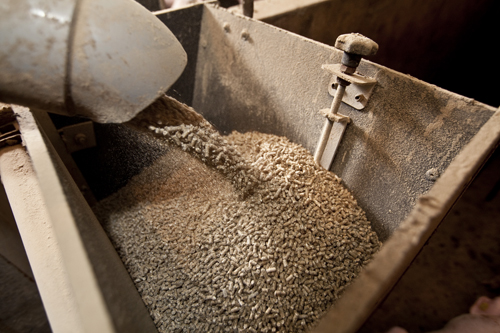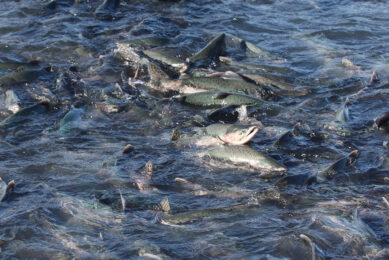EU feed alerts: Trends in 2015

In 2015, a total of 3049 original notifications were transmitted through the RASFF. This is 3.4% less than the 3097 notifications in 2014 but a 14.6% increase in follow-up notifications.
RASFF notifications report on risks identified in food, feed or food contact materials that are placed on the market in the notifying country or detained at an EU point of entry at the border with an EU neighbouring country. In the annual report, the identified risks, the product and its traceability and the measures RASFF has taken are published.
The most notifications in 2014 were done in the hazard categories pathogenic micro-organisms (745), mycotoxins (495), pesticide residues (405) and heavy metals (219). Mycotoxins (mainly aflatoxins) were primarily detected in nuts, nut products and seeds coming from China, Iran, Turkey, US, Netherlands, Germany, Italy, Belgium Spain and the UK. If we look at the notifications per product category, it is shown that most notifications are done in fruits and vegetables (634), nuts, nut products and seeds (477), fish and fish products (297). In the feed related categories, the most notifications have been done in the category ‘feed materials’ (151).
About RASFF
Created in 1979, RASFF enables information to be shared efficiently between its members (EU-28 national food safety authorities, Commission, EFSA, ESA, Norway, Liechtenstein, Iceland and Switzerland) and provides a round-the-clock service to ensure that urgent notifications are sent, received and responded to collectively and efficiently. Thanks to RASFF, many food safety risks had been averted before they could have been harmful to European consumers.
Join 26,000+ subscribers
Subscribe to our newsletter to stay updated about all the need-to-know content in the feed sector, three times a week. Beheer
Beheer









 WP Admin
WP Admin  Bewerk bericht
Bewerk bericht